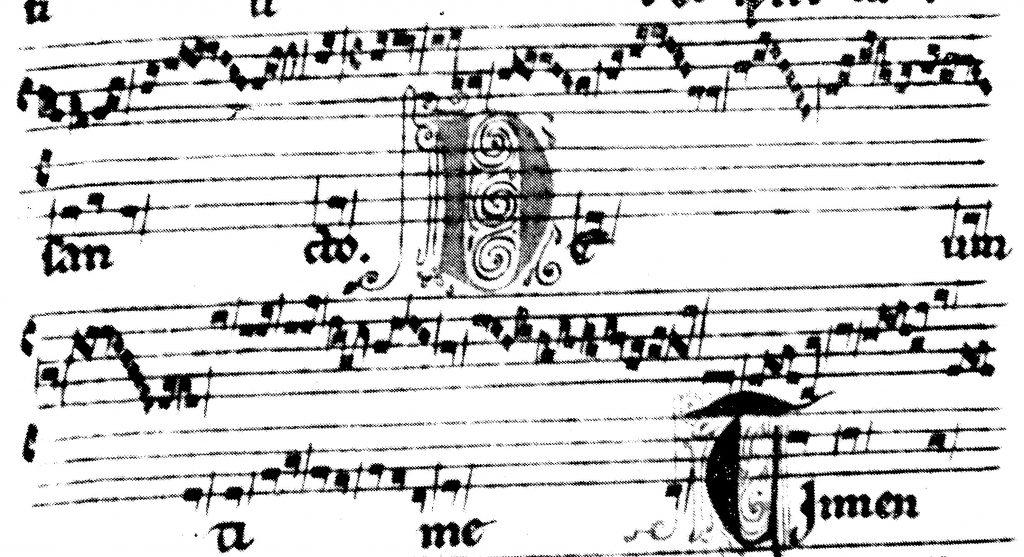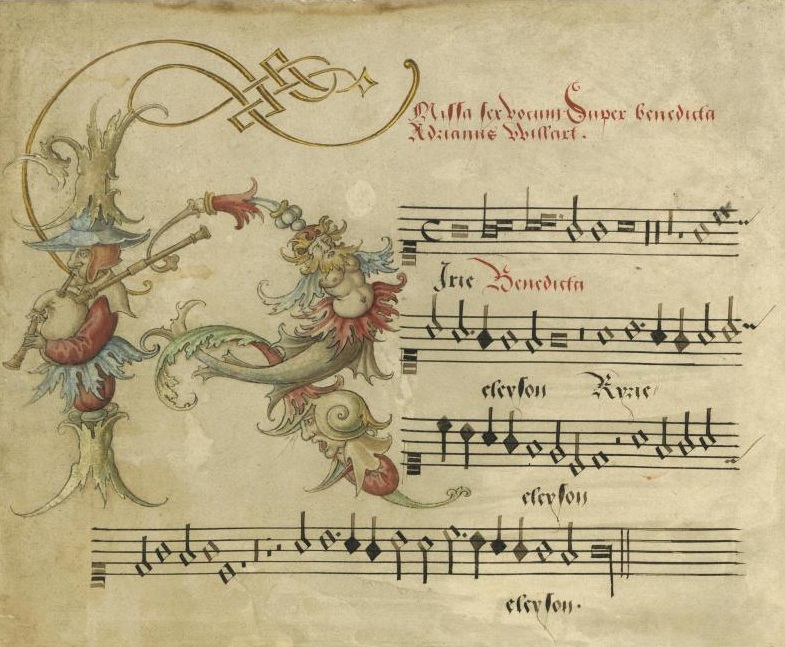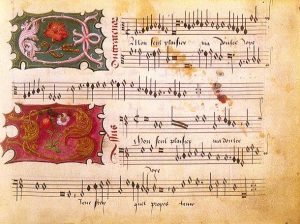
Organum refers to an early form of polyphonic music from the Middle Ages where at least one added voice accompanies a plainchant melody (known as the cantus firmus). This added part, or vox organalis, initially involved simple parallel motion at intervals of a fourth, fifth, or octave, creating a drone-like effect. Over time, organum evolved to include more complex rhythmic structures and contrary motion, laying the foundation for Western counterpoint.

Polyphony is a musical texture characterised by the simultaneous performance or singing of two or more independent melodic lines. The term “polyphony” originates from Greek words meaning “many sounds” and refers to a composition featuring distinct, interconnected melodies, often described as counterpoint. Unlike monophony, which involves a single melody, or homophony, which centres around a primary melody with accompaniment, polyphonic music involves multiple voices or melodic lines of comparable importance.

Polyphony is not merely a musical texture—IT IS THE ELECTRIFYING, HEART-STIRRING FORCE OF LIFE ITSELF brought to sound! It ignites the soul with a symphony of independence and unity, where TWO, THREE, MANY MELODIES clash, intertwine, and dance in glorious harmony, each one bursting forth with its own fiery identity—each one screaming with emotion, defying the silence! The very name “polyphony,” born from the Greek words for “many sounds,” is a rallying cry for the chaos and beauty, the chaos that becomes order, the cacophony that transforms into divine art! It’s a tapestry woven with countless vivid threads—each melody a voice pleading, whispering, roaring, a distinct strand woven into the fabric of eternity. Unlike the lonely whisper of monophony or the submissive hum of homophony, polyphony shouts a battle cry of equal importance for every voice—each line a fierce, passionate heartbeat, fighting for recognition, for existence! It is the soul’s rebellion, the symphonic celebration of independence and communion—an overwhelming, breathtaking explosion of sound that fuels the very essence of human emotion.

Notable works and artists
Tomás Luis de Victoria
William Byrd, Mass for Five Voices
Thomas Tallis, Spem in alium
Orlandus Lassus, Missa super Bella’Amfitrit’altera
Guillaume de Machaut, Messe de Nostre Dame
Geoffrey Chaucer
Jacob Obrecht
Palestrina, Missa Papae Marcelli
Josquin des Prez, Missa Pange Lingua
Gregorio Allegri, Miserere